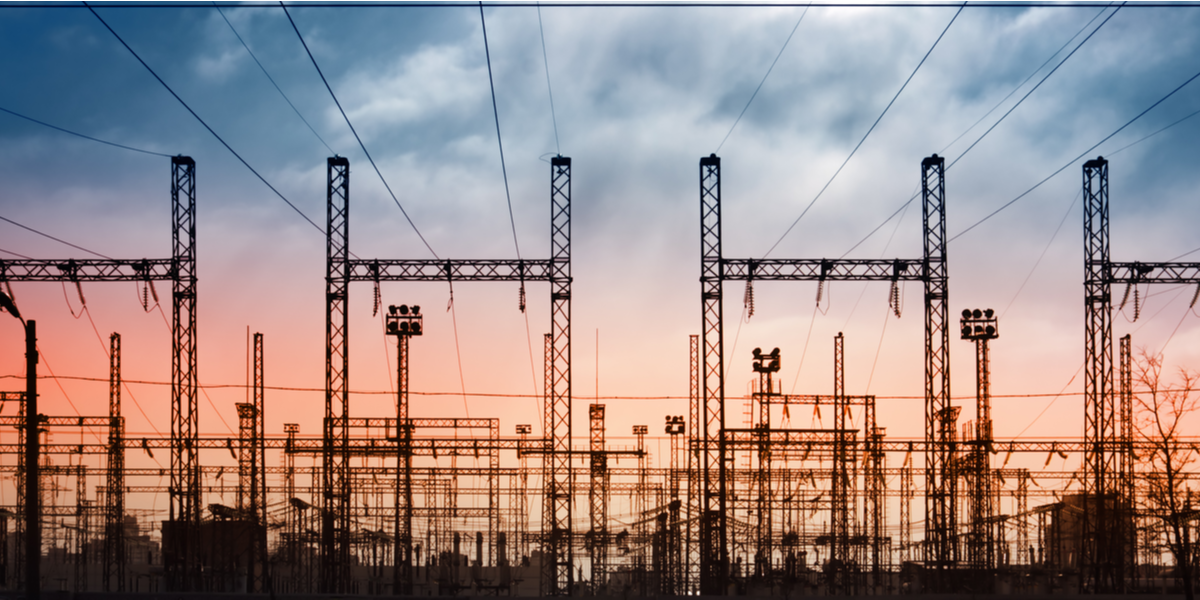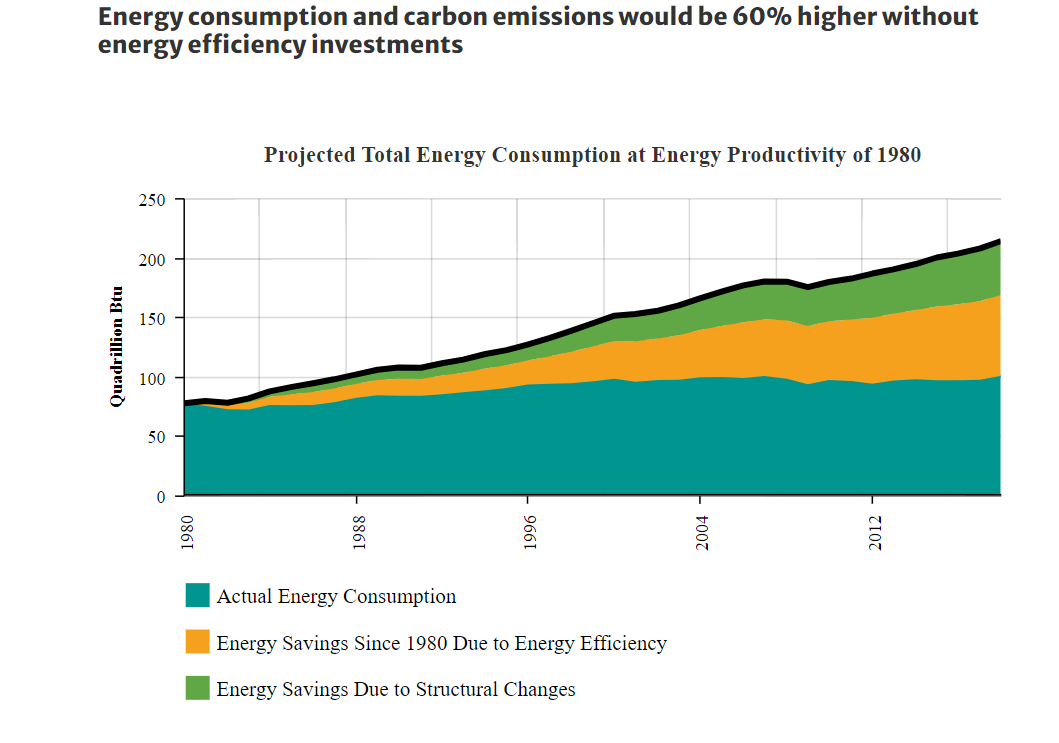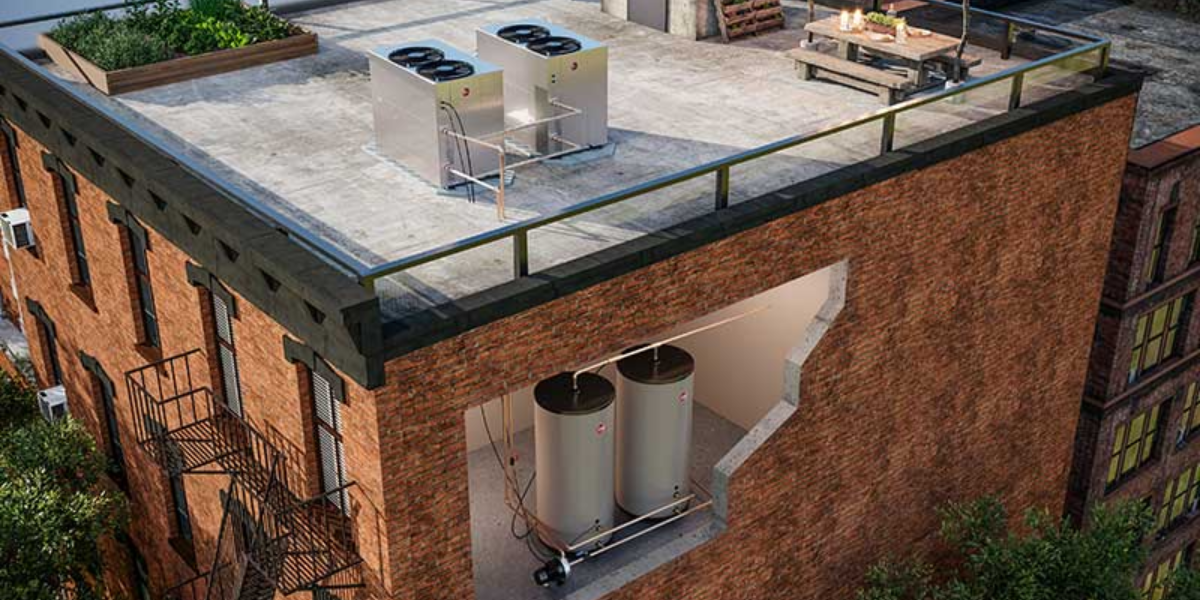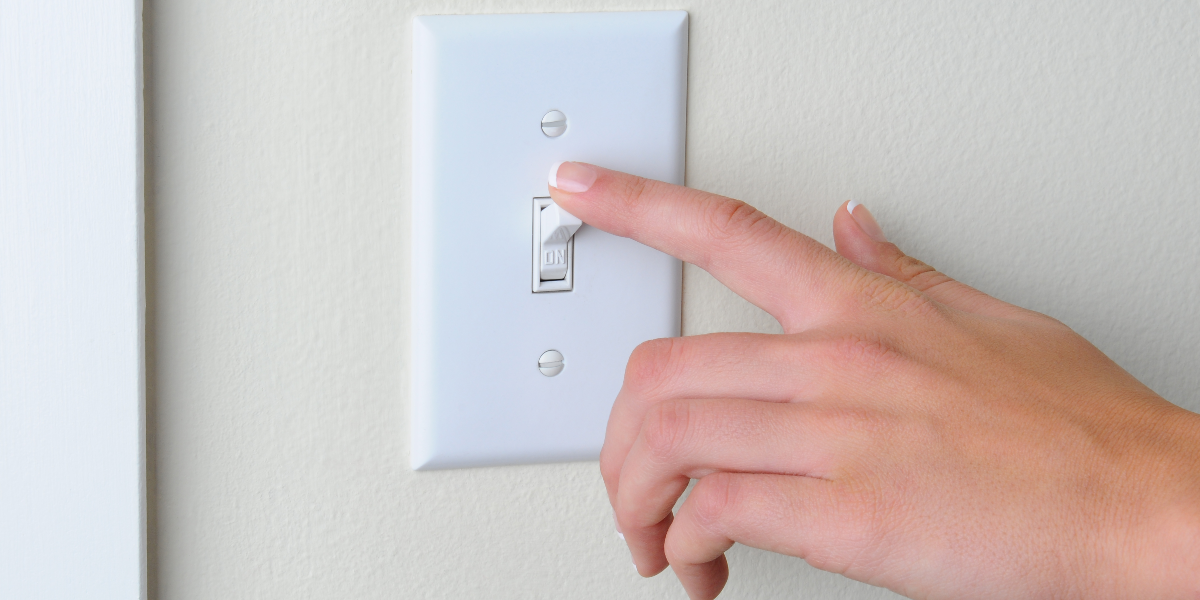How Efficiency Can Be Our “First Fuel” For Future Power Needs
Let's Save Energy
Alliance to Save Energy's Blog

There are many reasons to feel positive about the clean energy transition as we enter 2022. There have been technological breakthroughs, progress on domestic climate policy, and an international recommitment at last November’s COP26 to limit global temperature rise to 1.5 degrees Celsius.
But one daunting fact that sometimes slips under the radar is this: reaching net zero carbon emissions doesn’t just require cleaning up the 604 quadrillion Btu of energy the world currently consumes per year. It requires cleaning up the nearly 900 quadrillion Btu expected to be used in 2050 – a 47% increase largely fueled by population and economic growth in developing countries. How is the clean energy transition going to keep up? If carbon emissions are still increasing in 2021, what hope do we have of cutting emissions to net zero when we’re using almost 50% more energy globally in 2050?
The answer lies in the rapid deployment of clean energy resources that can expand capacity without increasing emissions. But often forgotten is the cleanest and most cost-effective energy resource of them all: energy efficiency.
It might seem counterintuitive to think of energy efficiency as an energy resource, since efficiency is about using less energy to complete the same task – like keeping your home lit with an LED light bulb instead of an energy-guzzling incandescent bulb. How exactly can avoiding the use of energy serve as a source of energy?
Recent decades in the U.S. serve as a prime example. Following the 1973 oil crisis, which caused fuel shortages in the U.S., the government began an energy efficiency campaign (including the foundation of the Alliance to Save Energy!) aimed at consumer education, developing efficient technologies, and setting standards to encourage progress. The result is that from 1980 to 2020, energy consumption in the U.S. increased from 78 quads to 93 quads, or a 19% increase – compared to a 46% increase in population between those years and a more than 600% increase in Gross Domestic Product! In other words, between 1980 and 2020, the United States decoupled its economic growth from growth in energy consumption. If energy productivity (a measure of economic benefits provided by each unit of energy used) had continued at the same rate of 1980, the United States would be using more than 200 quads per year – double the amount of energy used today.

Source: Energy Efficiency Impact Report, 2019.
The progress made by the U.S. over the past 40 years shows how efficiency can be our “first fuel” in the coming decades. Not only can building out wind and solar farms provide power to meet the energy needs of a growing world, but the “negawatts” provided by efficiency can lower consumption and emissions while providing the same, or greater, quality of life. After all, there’s no cleaner unit of energy than energy not used.
Investing in efficiency as a resource for the future is also the most cost-effective method. Thousands of gigawatts of renewable energy capacity will need to be added each year to met energy demand and net zero goals – the International Energy Agency estimates that $30.3 trillion in clean energy and infrastructure investments are needed by 2030 to meet climate goals. Everything we can do to lower energy demand through energy efficiency will reduce the amount of expensive power plants and grid infrastructure upgrades required. This is especially true when it comes to electrification – shifting from fossil fuel-powered devices to electric devices in order to reduce emissions could overstrain our electric grid as it takes on capacity formerly met by gas infrastructure. We can minimize this challenge by better managing demand through efficiency and shifting when energy is used through demand flexibility.
In the next thirty years, we need to rapidly scale the world’s energy capacity up, while scaling its carbon emissions all the way down to net zero. We’re not on track. Under current policies, carbon emissions could increase by 20% by 2050. Investing in efficiency solutions with smart policies at home and abroad can help us swing this trend around with our cleanest, cheapest fuel – the fuel not used. We can do more for our global economy, while using less to save our planet for future generations.
RECENT BLOG POSTS
STAY EMPOWERED
Help the Alliance advocate for policies to use energy more efficiently – supporting job creation, reduced emissions, and lower costs. Contact your member of Congress.
Energy efficiency is smart, nonpartisan, and practical. So are we. Our strength comes from an unparalleled group of Alliance Associates working collaboratively under the Alliance umbrella to pave the way for energy efficiency gains.
The power of efficiency is in your hands. Supporting the Alliance means supporting a vision for using energy more productively to achieve economic growth, a cleaner environment, and greater energy security, affordability, and reliability.



